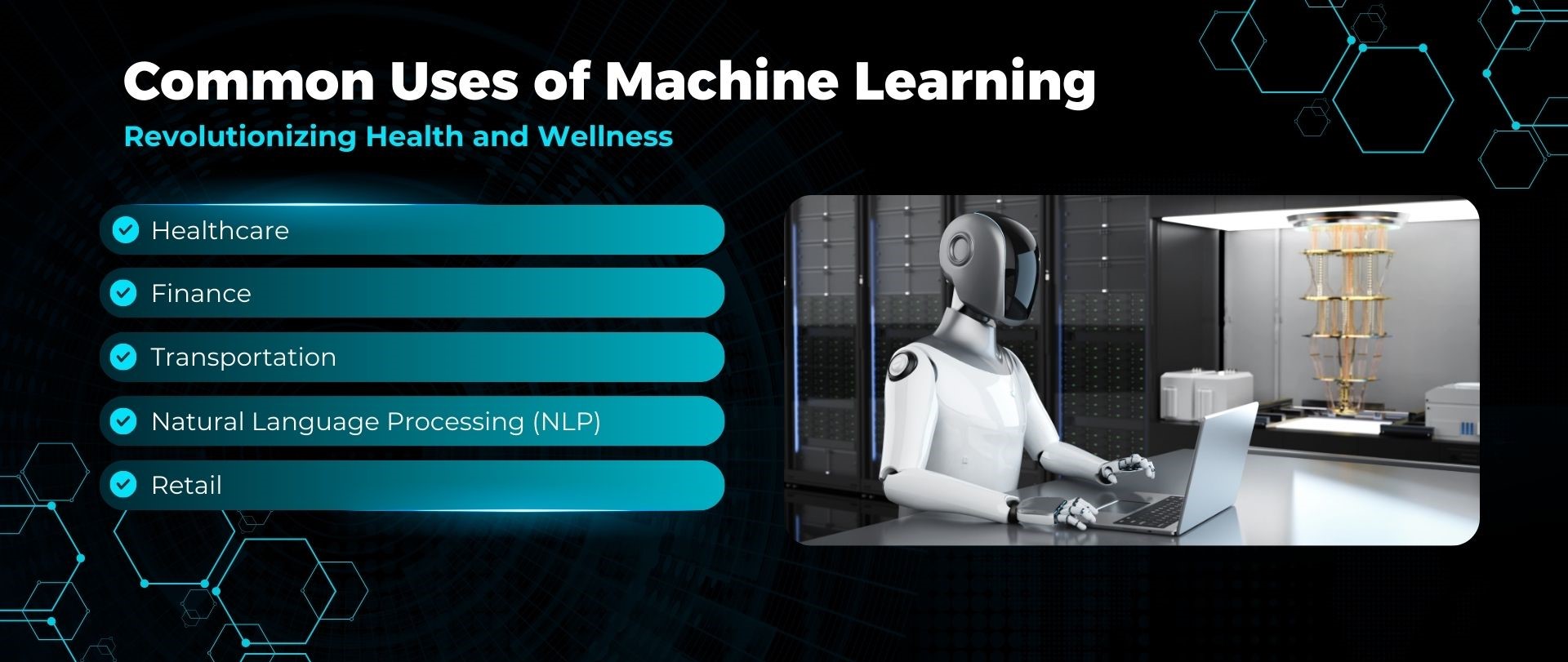
What is Machine Learning?
Machine learning (ML) is a branch of artificial intelligence (AI). It enables systems to learn and make decisions without explicit programming. ML algorithms examine data patterns to predict outcomes, identify trends, and improve over time.
Why is Machine Learning Important?
Machine learning has an impact on industries. It automates tasks, aids in making better decisions, and uncovers insights in large datasets. We encounter ML applications everywhere: from personalized recommendations on streaming platforms to self-driving cars and tools to diagnose medical conditions.

How Does Machine Learning Work?
Machine learning involves three main steps:
Data Collection: Preparing data to analyze. This includes cleaning, organizing, and labeling data.
Model Training: Feeding data into algorithms builds a model that can predict outcomes.
Common algorithms include decision trees, neural networks, and support vector machines.
Evaluation and Enhancement: Testing the model’s performance with validation data and fine-tuning it to improve accuracy.
Types of Machine Learning
Supervised Learning : This approach teaches models using tagged information. A good example is forecasting home values based on past data.
Unsupervised Learning : This method spots trends in untagged data. It has uses in grouping customers and spotting odd patterns.
Reinforcement Learning: This technique teaches through trial and error giving rewards or punishments. It finds use in robotics and gaming.
Common Uses of Machine Learning
Healthcare: This field uses it to guess illnesses, look at medical pictures, and create custom care plans.Finance: It helps to catch fraud, guess stock prices, and figure out credit risks.
Retail: It’s used for personal suggestions, stock control, and changing prices on the fly.
Transportation: It powers self-driving cars, traffic guesses, and finding the best routes.
Natural Language Processing (NLP): This area covers chatbots, tools for translation, and working out feelings in text.

Challenges in Machine Learning
Problems in Machine Learning Even with its promise, ML runs into some roadblocks:
Data Quality: Bad data can result in flawed models.
Bias and Fairness: Making sure models are fair and ethical.
Scalability: Dealing with big data sets .
Interpretability: Helping humans understand how models make choices.
Future of Machine Learning
Machine learning has a bright and exciting future, especially with advancements involving : Edge Computing Running ML models on devices like smartphones and IoT.
Explainable AI : Developing systems that provide transparent reasoning behind their decisions
Quantum Computing : Enabling faster and more complex computations for ML.
 Black and Blue Modern AI and Machine Learning Presentation – 5
Black and Blue Modern AI and Machine Learning Presentation – 5
Conclusion
Machine learning has revolutionized how we relate with technology and the way in which problems are solved. As this continues to advance, it holds great promise to open up new opportunities and promote innovation across all different domains.





 Book call
Book call



